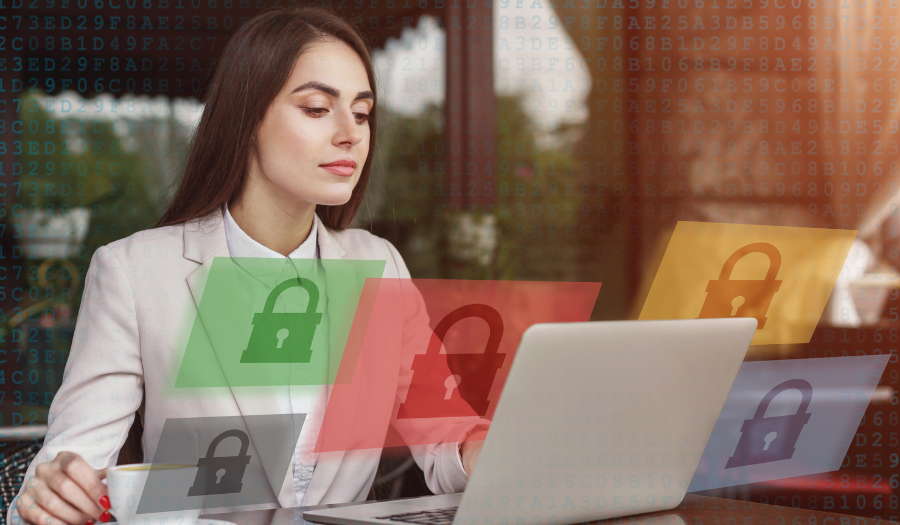With the increasing popularity of remote work, organisations must prioritise establishing a secure work environment to protect sensitive data and prevent cyber threats. CIOs play a crucial role in implementing robust cybersecurity measures for remote teams.
In this blog post, we'll discuss the importance of building a secure remote work environment and provide actionable steps for CIOs to achieve this.

The Importance of a Secure Remote Work Environment:
1. Protection of Sensitive Data
Ensuring the security of sensitive company data and customer information is critical for maintaining trust and meeting regulatory requirements.
2. Mitigation of Cyber Threats
A secure remote work environment helps protect organisations from cyber threats, such as malware, phishing, and ransomware.
3. Business Continuity
Robust cybersecurity measures can minimise disruptions caused by security breaches, ensuring smooth operations and business continuity.
4. Reputation Management
A strong security posture can enhance an organisation's reputation and demonstrate its commitment to protecting customer data..png?width=900&height=525&name=Building%20a%20Secure%20Remote%20Work%20Environment%20How%20CIOs%20Can%20Implement%20Robust%20Cybersecurity%20Measures%20for%20Remote%20Teams%20(1).png)
Actionable Steps for CIOs to Build a Secure Remote Work Environment:
1. Implement a Virtual Private Network (VPN)
Deploy a VPN to provide remote employees with secure access to company resources and protect data transmission.
2. Establish Multi-Factor Authentication (MFA)
Require the use of MFA to enhance the security of user accounts and prevent unauthorised access.
3. Develop and Enforce Security Policies
Create clear and comprehensive security policies for remote work and ensure that employees are trained to follow them.
4. Regularly Update Software and Devices
Keep all software, devices, and systems up-to-date with the latest security patches to minimise vulnerabilities.
5. Conduct Security Awareness Training
Educate employees about potential cyber threats, such as phishing attacks, and provide guidance on how to handle them.
6. Monitor and Respond to Security Incidents
Implement security monitoring solutions and establish a process for responding to security incidents effectively and promptly.
By implementing these actionable steps, CIOs can successfully establish a secure remote work environment and protect their organisations from cyber threats. Prioritise cybersecurity for remote teams and ensure the safety of your organisation's valuable data.
Join The CIO Circle.com to connect with a community of CIOs focused on building secure remote work environments. Share experiences, learn from industry leaders, and collaborate on strategies to enhance cybersecurity for remote teams. Sign up now!

November 18, 2024


